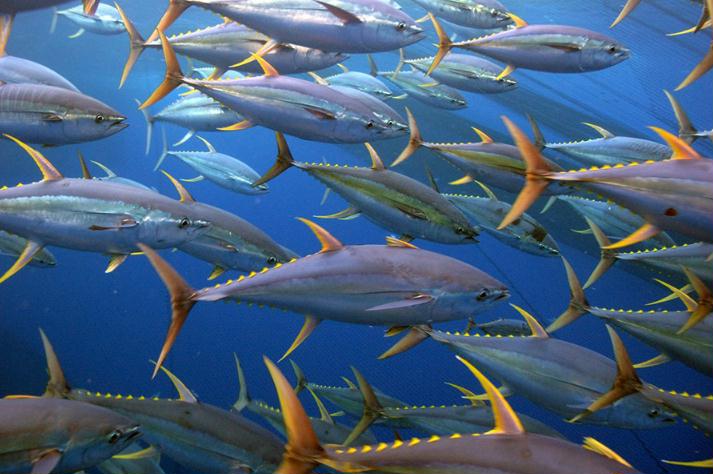
Preface. Both the sardine and tuna fisheries are threatened. Only peak oil and decline can possibly save them from extinction.
Alice Friedemann www.energyskeptic.com author of “When Trucks Stop Running: Energy and the Future of Transportation”, 2015, Springer, Barriers to Making Algal Biofuels, and “Crunch! Whole Grain Artisan Chips and Crackers”. Podcasts: Derrick Jensen, Practical Prepping, KunstlerCast 253, KunstlerCast278, Peak Prosperity , XX2 report
***
Leschin-hoar, C. 2019. We’re pulling tuna out of the ocean at unprecendented — and unsustainable rates. NPR.
A new study, published in Fisheries Research, reveals that the sheer amount of tuna being taken from our seas, including some species considered “vulnerable,” has increased by an astonishing 1,000% in the last 60 years — a rate that some scientists are saying is unsustainable.
Not only are we taking more tuna from the oceans than ever before, but we’re also harvesting them farther from shore. Industrial tuna fishing now covers somewhere between 55% and 90% of the global oceans, fueled in part by extensive government subsidies.
Everywhere tuna swim, they’re being pursued by industrial fisheries.
The report also draws attention to the amount of bycatch taken in the pursuit of tuna. The study estimates that just under 6 million metric tons of shark were discarded as bycatch between 1950 and 2016 in the Pacific Ocean alone. Much of that was made up of blue sharks, which take many years to mature and produce few offspring.
“There’s been an incredible push to end dolphin bycatch in tuna fisheries because they’re cute,” says Coulter. “But sharks are apex predators. They hold all these food chains together. If we’re removing these sharks [from the ecosystem], they really can’t catch up and will decline more and more.”
Milius, S. 27 Feb 2012. Sardine fishery may be in peril. Conditions in northeast Pacific echo those related to collapse last century. Science News.
The Sardine fishery was once the largest of any species in the Western hemisphere. It’s still very important to whales, seabirds, and predatory fish. It collapsed in the 1940s from overfishing the bigger and older fish, and an oceanic cycle called the PDO (Pacific Decadal Oscillation), and now it looks like history is about to repeat itself for the same reasons.
